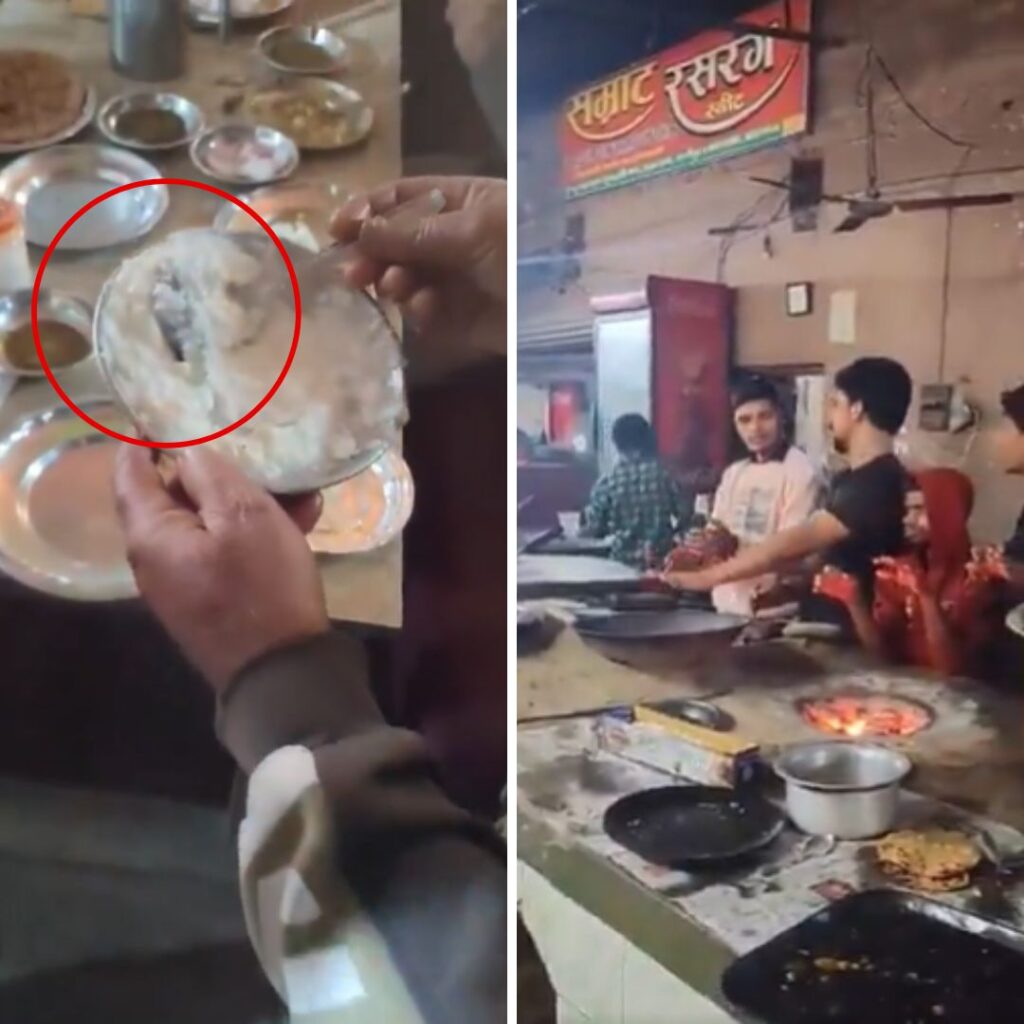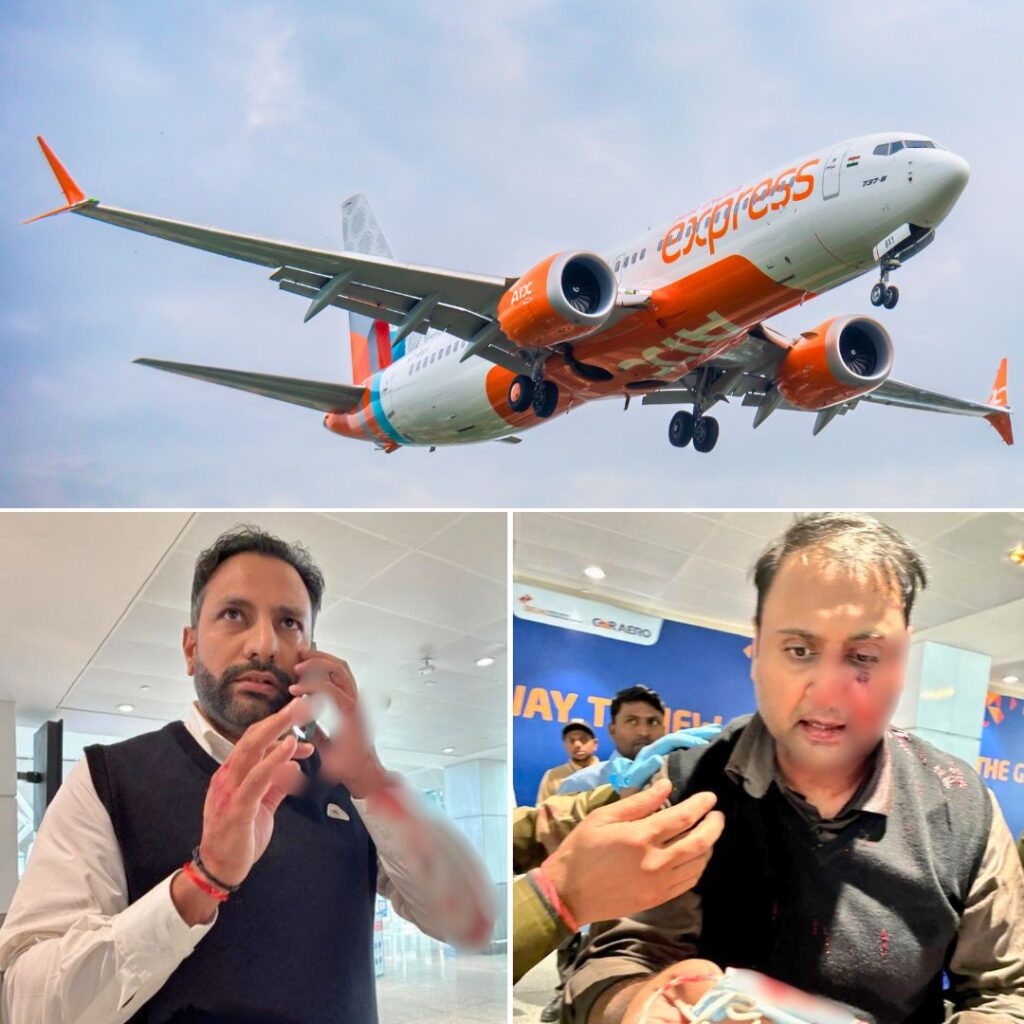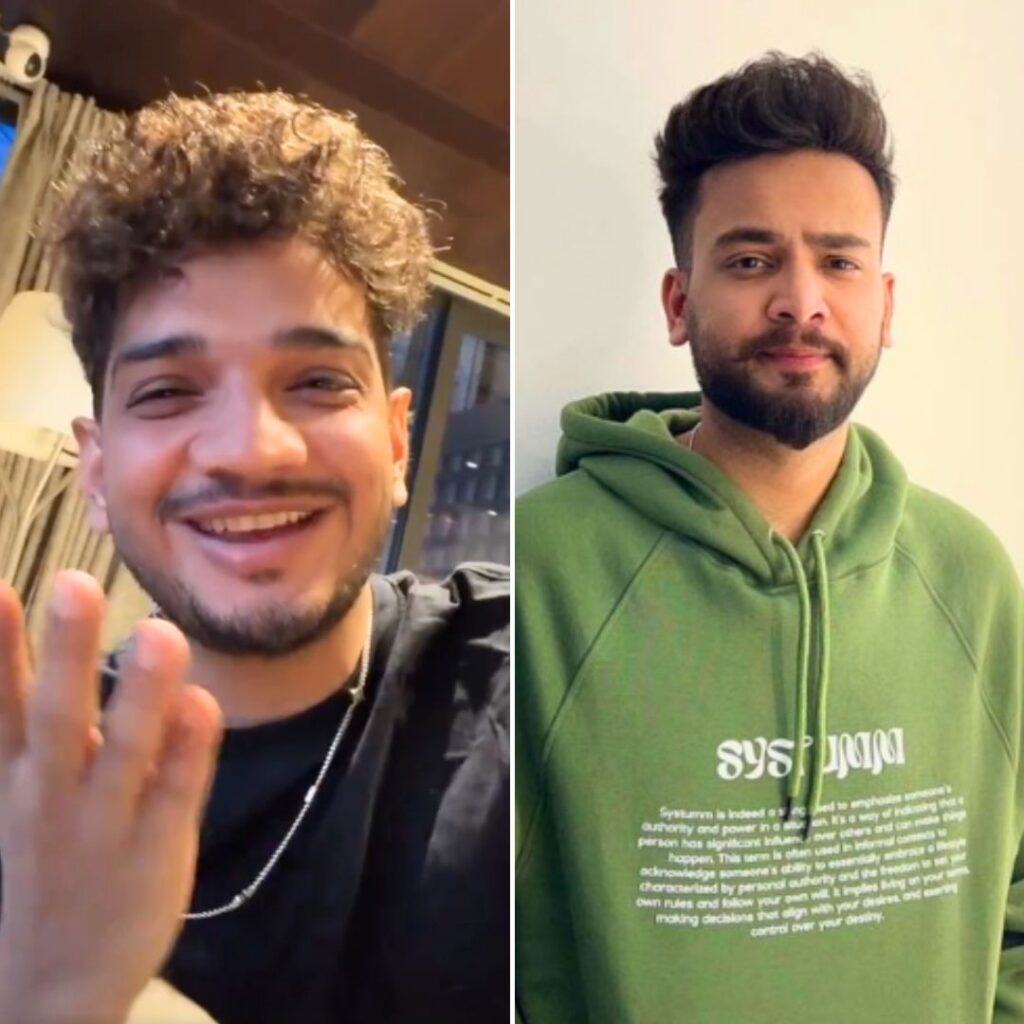Sifting through various groups solely dedicated to the unity of Hindu Pakistanis on numerous social media platforms, The Logical Indian finds Swinder Nath Sharma.
A pharmacist by profession and the custodian of a Shiv temple located in Pakistan, Sharma indulges in political discussions only when he visits North Waziristan and meets his Hindu counterparts.
Having no well-formed opinions on the recent development in India around the Citizenship (Amendment) Act (CAA) 2019, Sharma chooses to vouch for the culture he believes in.
âHindu means people living in Hind. You either practice Sanatan Dharma or Islam or even Christianity, inhabitants of river Indus will always be called Hindus,â Sharma proclaims.
Upon asking if he would like to shift to India as a minority in Pakistan, Sharma says âNoâ, rather sternly.
âI can proudly tell you that the first time in the history of Pakistan, all minorities are living peacefully. From job opportunities to having Shamshan ghat (place for cremation), we are living a dignified life,â Sharma says with a sense of pride.
Sharmaâs claims can be substantiated by census conducted in Pakistan conducted over the years. It shows a gradual increase in the Hindu minorities in the region, opposite to what the Bharatiya Janata Party claims in its speeches time and again.
Through The Logical Indian, Sharma shares a piece of his mind about Indiaâs Prime Minister Narendra Modi under whose leadership the contentious Citizenship Bill was tabled and passed.
âIf Modi is a follower of Sanatan Dharma, then why is he not focusing on the brotherhood and unity of his country. Isnât this what we were preached through various folk talesâ care and compassion for our brethren?â He poignantly questions.
The Logical Indian reached out to an English literature student at the University of Karachi.
Donning Pathan suit in most of his profile pictures on Facebook, Dileep Sujanâs Facebook timeline speaks volume about beliefs he holds dear. He is an avid participant in all online discussions about the freedom fighters of undivided India.
âWe, in Sindh, live a peaceful life. There might be few ups and downs but that does not mean we harbour negative feelings for our country. We always looked up to its secular nature. But, I feel that the CAA is totally biased and itâs a strike on secular India,â Sujan says.
âWe share the same culture and heritage as Sindhis. The culture of Sindh is the point of convergence for both the religions â Hindus and Muslims,â Sujan proudly shares.
Pakistanâs Non-Muslim Minorities
After the partition of India, the first census was conducted in 1951.
The strength of Non-Muslims in Pakistan (both East and West) stood at 14.20 per cent. While the minority population in East Pakistan was 3.44 per cent of the total, West Pakistan had 23.20 per cent minorities.
The next came in 1961, where East Pakistan reflected a decline in its minority population. It came down to 2.83 per cent from 3.44 per cent.
After the liberation war, when Pakistan emerged as two separate countries â Pakistan and Bangladesh, the census was conducted again in 1972. That year, Pakistan registered steady growth in its minorities to 3.25 per cent.
Later in 1981, it was 3.30 per cent. And, in 1998, it was 3.70 per cent. Hence, the minorities in Pakistan remained ever-rising.
The facts are in sharp contrast to the the narrative peddled by our ruling government.
While Pakistanis who spoke to us appear content with their nation, the story of Hindus in Bangladesh is opposite.
Story Of Bangladesh
âThere are still crimes committed against Hindus which the Muslims deny. These crimes are rampant in the interior areas,â Meena Halder (name changed), a Bangladeshi Hindu tells The Logical Indian.
She shares that even her relatives had fled to India in the prospect of better lives.
âMajority here lives in denial. Lynching and communal violence are common. But, most of them go unreported so that our country can paint a happy picture of unity to the world,â Halder claims.
Welcoming the new Citizenship Act, Halder says, âI understand why minorities in Bangladesh want to move to India â for a better future for their children and not having to live in the fear of getting lynched or exterminated.â
Halderâs claims can also be substantiated by the census data on religious minority.
Before the divorce of Bangladesh and Pakistan, in 1961, the share of non-Muslims in East Pakistan had reduced to 19.57 per cent, In 1974 it further reduced to 14.60 per cent, in 1981 to 13.40 per cent, in 1991 to 11.70 per cent and in 2001 to 10.40 per cent.
It further shrink to 9.60 per cent, according to the 2011 Census of Bangladesh.
âBangladeshi Hindus are falling prey to the atrocious climate of communal violence. We are forcibly converted to Islam. Majority Hindus welcome the decision of CAA in India,â says Rupon Das Rupom.
Narrating the tale of his village Jhashipada that falls under Mymensingh City, Bangladesh, he…











